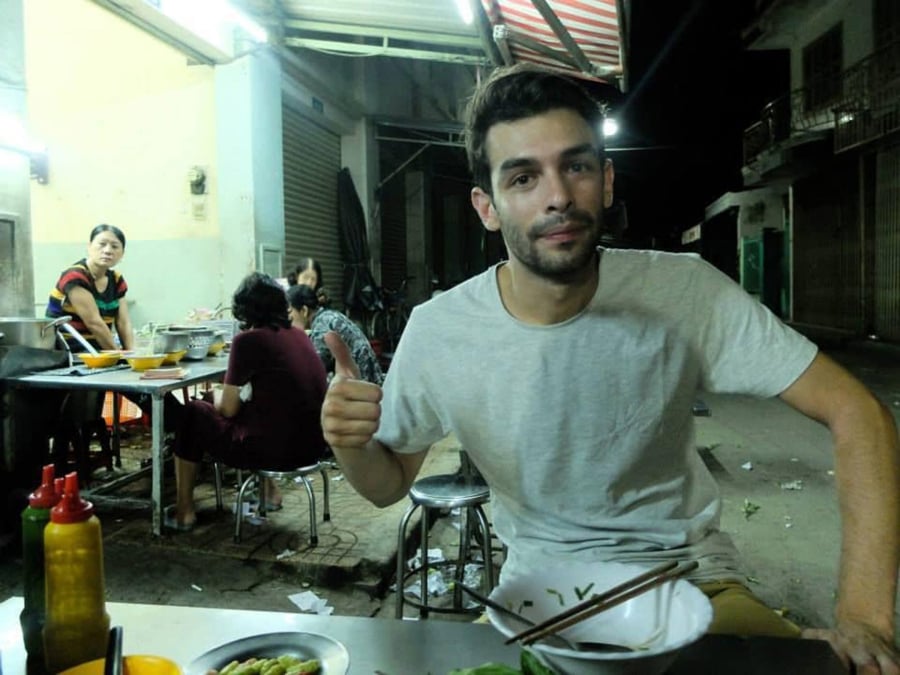A video of a white American chef demonstrating the “right way” to prepare and eat Vietnamese pho made headlines just two years ago, kicking off a long, complicated conversation about what is culturally appropriate when it comes to food. Chefs and writers debated the question of who has the qualifications to claim authority in sharing the recipe or instructing the preparation of a “culturally sensitive” dish, or assert expertise of a cuisine not one’s own. Can just anyone understand a dish so intimately as to be able to faithfully reproduce and explain it, whether or not one is born into the culture of that dish?
I followed the discussion closely, but the more I listened, the more something niggled. I agree that the history of a dish, deeply rooted in the identity of a people, is fundamental in defining a dish as cultural. A community and a terroir together create a recipe out of available ingredients, necessity, traditions, innovation and savoir-faire. To claim expertise requires significant knowledge of and respect for those roots.
But a dish is more than the sum of its ingredients, deeper than its origins. What I found missing from the discussion was context, something that I learned raising multicultural sons.
Food has always been an important transmitter of stories and heritage in my family. I was raised in a Jewish home where the partaking of very specific foods was the centerpiece of each holiday. An essential part of the festivities was the recounting of the history, the explaining of the symbolism around the preparation and the eating of those foods. Our home was also unquestionably American, and I was very conscious of the contrast between these two facets of my family – in not only what we ate, but also how and why we ate what we did.



